Buy Psilocybe Semilanceata Online and explore its potent, friendly effects for yourself. And if you’re looking for something even more intense, check out our Psilocybe Azurescens, known for its extremely powerful psychedelic experiences.
Magic Mushroom
Psilocybe Semilanceata
Commonly known as the “Liberty Cap” within the North American community and it is most commonly found in Europe. In Europe it is referred to as THE magic mushroom.
Avg psilocybin: 0.98% Avg psilocin: 0.02% Avg baeocsytin: 0.36% *%s reported by Gartz 1994
$200.00 – $1,200.00
CompareBuy Psilocybe Semilanceata Online
Psilocybe Semilanceata For Sale
Psilocybe semilanceata is most commonly found in England and Ireland. The etymology of the name comes from “semi” and “lanceata”, meaning “half” and “spear-shaped” respectively. The name is very descriptive of the mushroom as the mushrooms literally look like spears.
This species of psilocybe was first recorded in 1838 by Elias Magnus Fries, the great Swedish mycologist. A mycologist is someone whom studies mushrooms and fungi.
How to Identify Psilocybe Semilanceata
How would you know to identify this magical healer? In raw form the cap ranges between 0.5 and 2cm in diameter and are cream-coloured. They also have a very distinct nipple on the top. The next prominent feature are the gills that are olive-grey in colour and turn purple-black if the spores bruise or once they mature. If you end up hunting for these, do so in the Fall between September and December… or alternatively, buy them from a trusted source like our market.
Another fun fact is that Liberty Caps are the only mushroom in the Netherlands that contain psilocybin.
Effects of Psilocybe Semilanceata
The effects can be best desrcibed as very friendly. Whether you take them in a microdose or a recreational dose you’ll be getting varying intensities of friendliness. A stronger dose means more chatting, joy, and uncontrollable laughter. A smaller dose means mental clarity, joy, and social. Perfect for a variety of scenarios.
Psilocybe semilanceata for sale online USA
Commonly known as the “Liberty Cap” within the North American community and it is most commonly found in Europe. In Europe it is referred to as THE magic mushroom.
Avg psilocybin: 0.98% Avg psilocin: 0.02% Avg baeocsytin: 0.36% *%s reported by Gartz 1994
Psilocybe semilanceata, commonly known as the liberty cap, is a species of fungus which produces the psychoactive compounds psilocybin, psilocin and baeocystin. It is both one of the most widely distributed psilocybin mushrooms in nature, and one of the most potent. The mushrooms have a distinctive conical to bell-shaped cap, up to 2.5 cm (1 in) in diameter, with a small nipple-like protrusion on the top. They are yellow to brown, covered with radial grooves when moist, and fade to a lighter color as they mature. Their stipes tend to be slender and long, and the same color or slightly lighter than the cap. The gill attachment to the stipe is adnexed (narrowly attached), and they are initially cream-colored before tinting purple to black as the spores mature. The spores are dark purplish-brown en masse, ellipsoid in shape, and measure 10.5–15 by 6.5–8.5 micrometres.
Habitat of Psilocybe Semilanceata
The mushroom grows in grassland habitats, especially wetter areas. But unlike P. cubensis, the fungus does not grow directly on dung; rather, it is a saprobic species that feeds off decaying grass roots. It is widely distributed in the temperate areas of the Northern Hemisphere, particularly in Europe, and has been reported occasionally in temperate areas of the Southern Hemisphere as well. The earliest reliable history of P. semilanceata intoxication dates back to 1799 in London, and in the 1960s the mushroom was the first European species confirmed to contain psilocybin.
History and Taxonomy
The species was first described by Elias Magnus Fries as Agaricus semilanceatus in his 1838 work Epicrisis Systematis Mycologici. Paul Kummer transferred it to Psilocybe in 1871 when he raised many of Fries’s sub-groupings of Agaricus to the level of genus. Panaeolus semilanceatus, named by Jakob Emanuel Lange in both 1936 and 1939 publications, is a synonym. According to the taxonomical database MycoBank, several taxa once considered varieties of P. semilanceata to be synonymous with the species now known as Psilocybe strictipes: the caerulescens variety described by Pier Andrea Saccardo in 1887 (originally named Agaricus semilanceatus var. coerulescens by Mordecai Cubitt Cooke in 1881), the microspora variety described by Rolf Singer in 1969, and the obtusata variety described by Marcel Bon in 1985.
Molecular Studies and Nomenclature
Several molecular studies published in the 2000s demonstrated that Psilocybe, as it was defined then, was polyphyletic.[11][12][13] The studies supported the idea of dividing the genus into two clades, one consisting of the bluing, hallucinogenic species in the family Hymenogastraceae, and the other the non-bluing, non-hallucinogenic species in the family Strophariaceae. However, the generally accepted lectotype (a specimen later selected when the original author of a taxon name did not designate a type) of the genus as a whole was Psilocybe montana, which is a non-bluing, non-hallucinogenic species. If the non-bluing, non-hallucinogenic species in the study were to be segregated, it would have left the hallucinogenic clade without a valid name. To resolve this dilemma, several mycologists proposed in a 2005 publication to conserve the name Psilocybe, with P. semilanceata as the type. As they explained, conserving the name Psilocybe in this way would prevent nomenclatural changes to a well-known group of fungi, many species of which are “linked to archaeology, anthropology, religion, alternate life styles, forensic science, law enforcement, laws and regulation”. Further, the name P. semilanceata had historically been accepted as the lectotype by many authors in the period 1938–68. The proposal to conserve the name Psilocybe, with P. semilanceata as the type was accepted unanimously by the Nomenclature Committee for Fungi in 2009.
| WEIGHT | 1 OZ, 1/4 LBS, 1/2 LBS, 1 LBS |
|---|
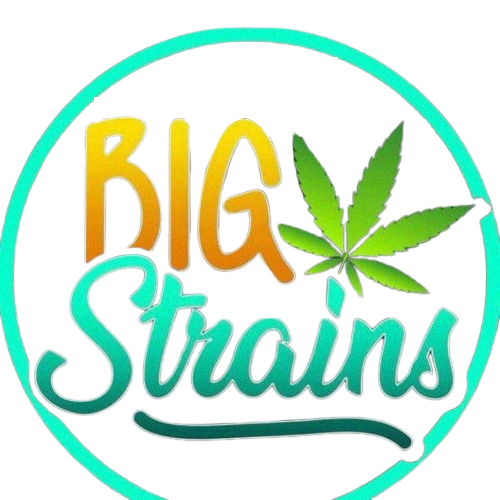
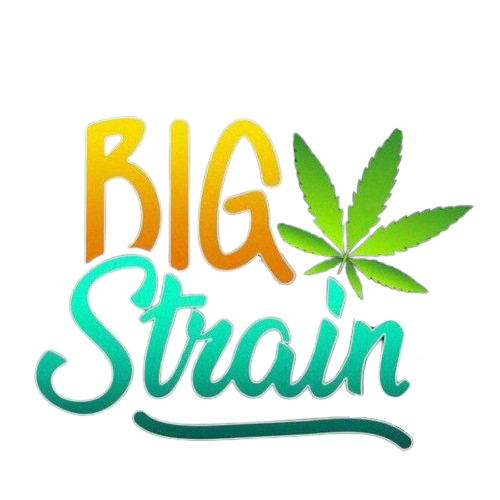
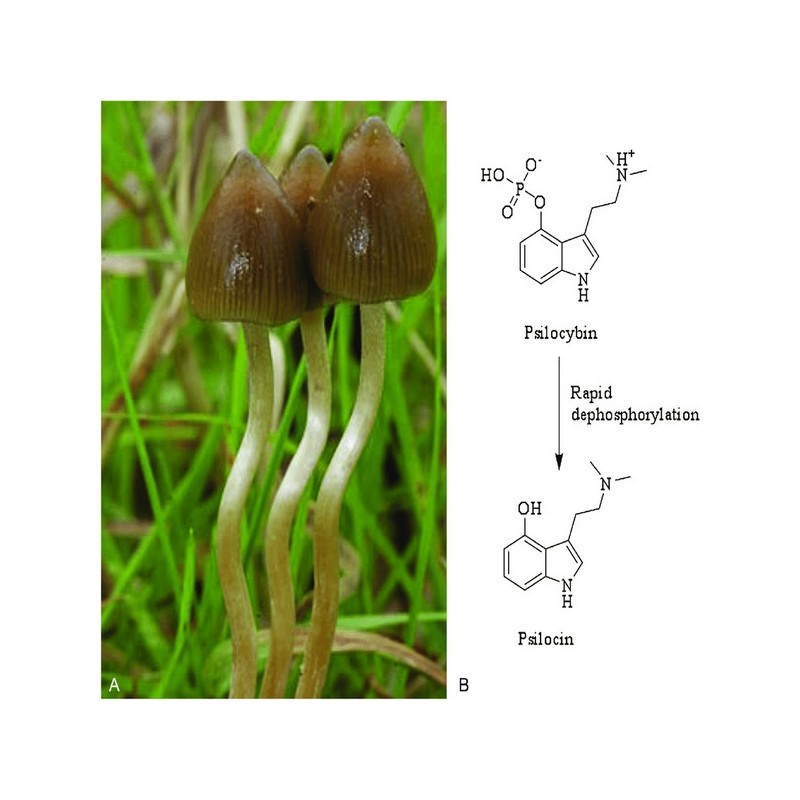
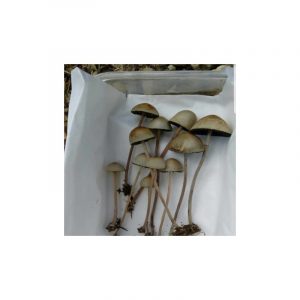
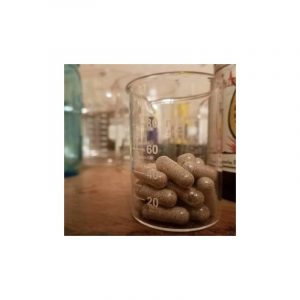
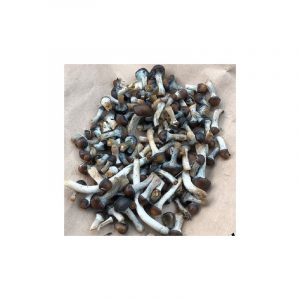
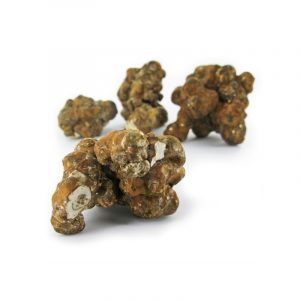
There are no reviews yet.